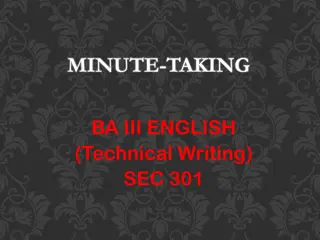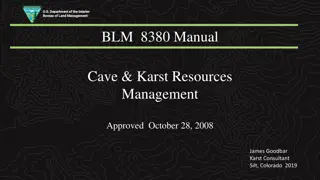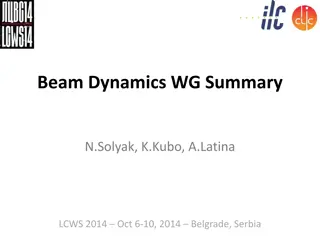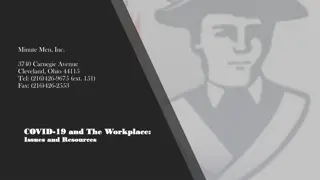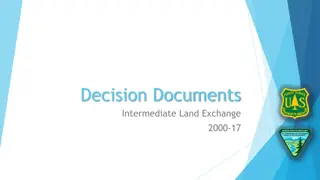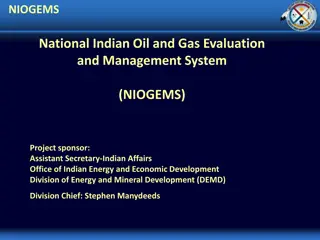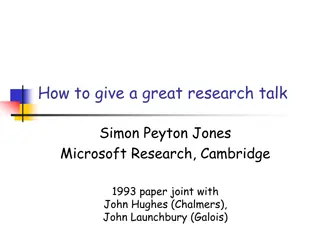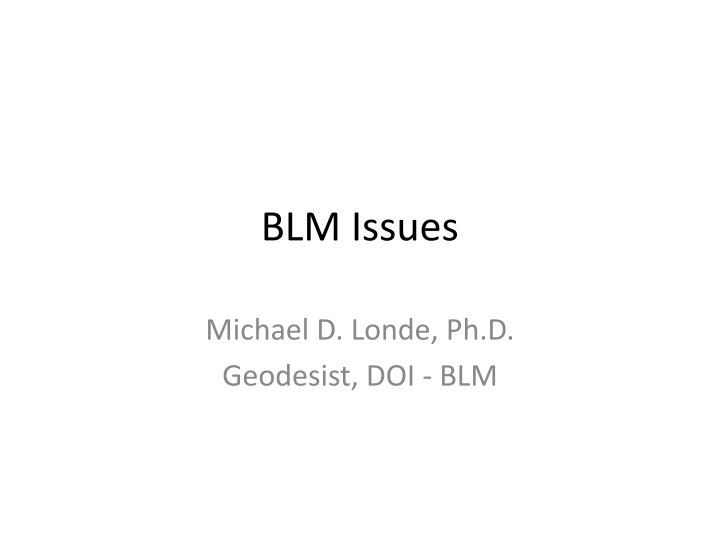
Challenges and Requirements for Geodetic Datum Development
Explore the challenges and requirements involved in developing a modern geodetic datum, addressing concerns, recognition of needs, and transformation tools availability. This discussion delves into the necessity of a 3-D datum for supporting advanced positioning technologies, improvements in geoid for GNSS height transfer, and the practicality of introducing new coordinates for CORS. The need for stable horizontal and vertical datums referenced to specific epochs is emphasized, along with the importance of transparent explanations and timely access to transformation tools.
Download Presentation

Please find below an Image/Link to download the presentation.
The content on the website is provided AS IS for your information and personal use only. It may not be sold, licensed, or shared on other websites without obtaining consent from the author. If you encounter any issues during the download, it is possible that the publisher has removed the file from their server.
You are allowed to download the files provided on this website for personal or commercial use, subject to the condition that they are used lawfully. All files are the property of their respective owners.
The content on the website is provided AS IS for your information and personal use only. It may not be sold, licensed, or shared on other websites without obtaining consent from the author.
E N D
Presentation Transcript
BLM Issues Michael D. Londe, Ph.D. Geodesist, DOI - BLM
Recognition We can see the need for development of a 3-D datum that will support modern positioning technologies. We recognize the need for improvements in the geoid to support the use of GNSS in height transfer. BLM projects that require accurate elevations have difficulty in finding existent and consistent BMs close to projects.
Concerns Is there truly a need to define a totally new datum or is this a chance to do neat science? What would the conversion to a geocentric datum gain us? We have not seen convincing arguments on this. BLM has the need to tie past, present, and future surveys and mapping projects together. Will the tools be developed and available in a timely fashion to transform between datums? It will not do us any good to have a datum with transformation tools promised for later.
Concerns New coordinates will be introduced for the CORS this year. Is this the first of many changes by 2018? Datum creep. What are the magnitudes of the changes in the CORS positions. We have not received clear answers on this. How well can we relate surveys tied to NAD 83 (CORS96) to control based on the new coordinates?
Concerns It took more than a decade for the BLM to convert GIS data to NAD 83. There was not a budget, personnel, or resources for that conversion. If anything the situation will be worse this time around. If the magnitude of the proposed changes are approximately 2 meters we heard yesterday it might not make sense to transform.
Requirements We need a stable horizontal and vertical datum referenced to a specific epoch (s) where practical. We need the transformation tools to move positions between the realizations of NAD 83, WGS 84, ITRF, and the various vertical datums. It is not practical to store raw observations and recompute.
Requirements Transformation tools need to be available at the time of release of the datum and not at a promised future date. Better explanations and more transparency on proposed changes.


